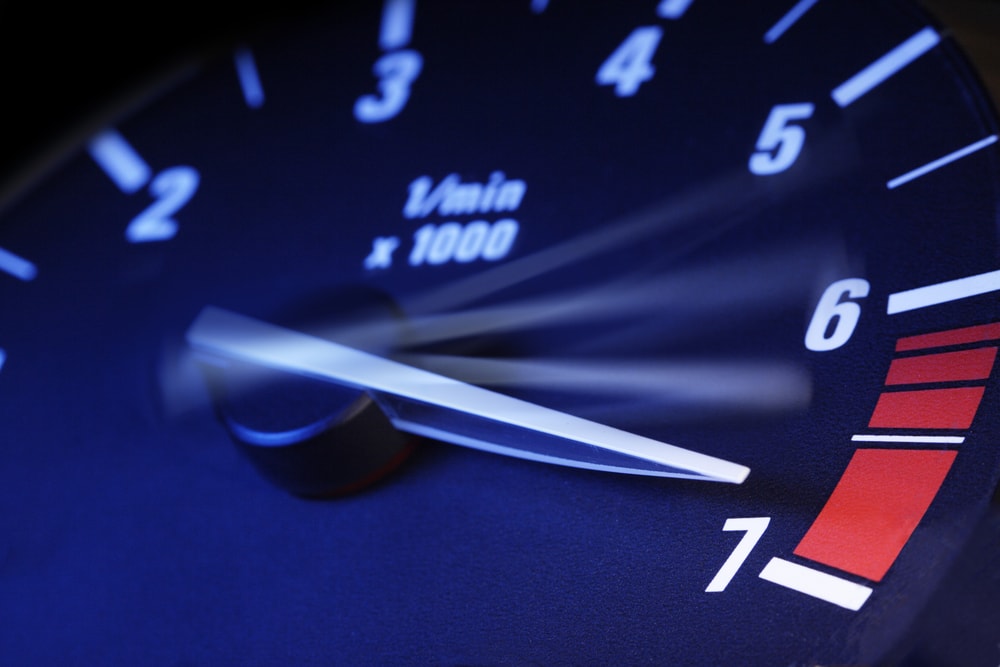
Mastering the Art: How to Use a Vibration Tachometer Effectively?
Share
In today's fast-paced industrial environment, keeping an eye on the performance and health of machinery is absolutely essential. For tech professionals and enthusiasts looking to assess rotational speed, a **vibration tachometer** serves as an indispensable tool. This article will guide you through the how to use a vibration tachometer while unlocking its many features and benefits.
Whether you're troubleshooting in maintenance or simply conducting regular analysis, understanding your vibration tachometer can significantly contribute to your success. We'll delve into the aspects of functionality and practical use, providing you with insights and tips for optimal operation.

What is a Vibration Tachometer?
A vibration tachometer measures the rotational speed of machinery parts, providing valuable data for diagnostics and maintenance schedules. The device can detect a vast range of speed variations in mechanical components, ensuring that proper levels are always maintained. Equipped with features that display readings in RPM, the tachometer becomes an essential component in monitoring the condition of any rotating machinery.
How Does a Vibration Tachometer Work?
To grasp how to use a vibration tachometer effectively, you must first understand its working mechanisms. The tachometer typically employs sensors that measure vibrations or reflections of light depending on the type of tachometer being utilized. For instance, a photo tachometer uses a light beam to sense reflective markers on the rotating shaft, converting this information into a digital output indicating rotation speed.
For more technical insights, you can check out this resource on how tachometers work.
Types of Vibration Tachometers
There are various types of vibration tachometers suitable for different applications. The most common types include:
- Photo Tachometers: Utilize light reflections for speed detection.
- Inductive Tachometers: Employ electromagnetic induction to measure speed.
- Non-contact Tachometers: Measure speed without physical contact, reducing wear on equipment.
For a deeper comparison of how to use different types, check this article on photo tachometers.
How to Use a Vibration Tachometer
Using a vibration tachometer effectively is key to gathering accurate readings. Heres a step-by-step guide:
- Preparation: Before you start, ensure your vibration tachometer is calibrated according to the manufacturers instructions.
- Mounting: If using a contact tachometer, attach the device securely to the rotating shaft with the provided mounting mechanism.
- Powering Up: Turn on the device, ensuring its set to the correct measurement mode (RPM or frequency as needed).
- Data Acquisition: Record the readings displayed on the screen. Be mindful of environmental factors like temperature and humidity.
- Analysis: Post-measurement, compare the collected data against standard benchmarks to assess machine performance.
In addition to utilizing a single device, consider integrating digital interfaces or software that can efficiently process the data collected by your vibration tachometer.
Common Applications of Vibration Tachometers
Vibration tachometers are extensively used across various industries, including:
- Manufacturing: To ensure machines operate under optimal conditions, identifying wear and potential breakdowns before they occur.
- Automotive: In automotive testing for engines and related components to enhance performance and longevity.
- Aerospace: For monitoring the rotational components of aircraft systems, ensuring safety and reliability.
For more on the necessary applications of tachometers in different scenarios, check this comprehensive post on tachometer applications.
Benefits of Using Vibration Tachometers
Employing a vibration tachometer comes with a plethora of benefits:
- Preventive Maintenance: Early detection of potential mechanical failures helps to minimize downtime and repair costs.
- Accurate Measurements: Modern tachometers provide precise readings that can aid in engineering decisions and machine calibration.
- Versatility: Suitable for multiple applications across various industries.
To read further on how accurate and useful tachometer readings can be, refer to this resource on tachometers in engineering.

FAQs about Vibration Tachometers
1. What is the main purpose of using a vibration tachometer?
The main purpose is to measure the rotational speed of machinery components accurately to ensure efficient operation and prevent breakdowns.
2. How do I maintain my vibration tachometer?
Regular calibration, careful handling, and proper storage are essential for maintaining the accuracy and longevity of your vibration tachometer.
3. Can a vibration tachometer be used on various machines?
Yes, vibration tachometers are highly versatile and can be used but may require specific attachments or settings based on the machine type.
In conclusion, knowing how to use a vibration tachometer enhances your capability to monitor machine health effectively. Accurate readings can lead to proactive maintenance strategies, ultimately saving time and costs associated with mechanical failures. Technology enthusiasts will appreciate the depth of knowledge gained from understanding this vital instrument in today's industrial environment.
